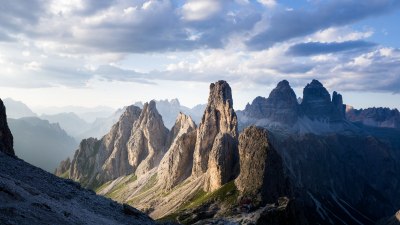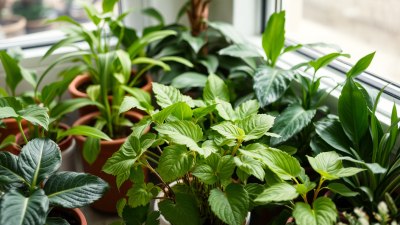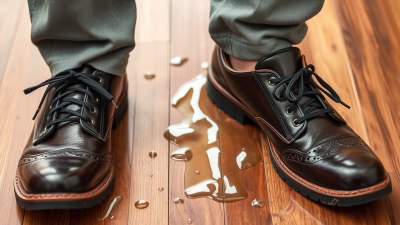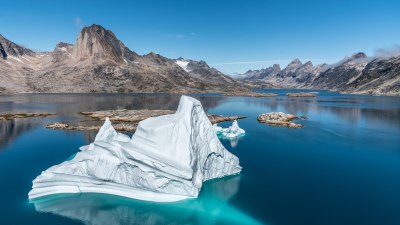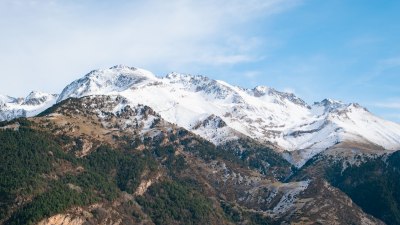What Happens to Bubble Wands When the Air Gets Too Dry for Dreams
Explore the science and magic behind bubble wands and how dry air affects their performance.
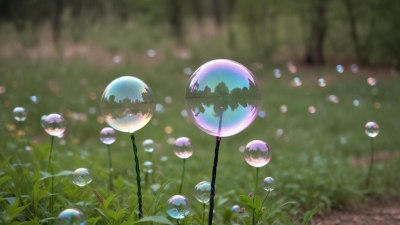
This image was created with the assistance of Freepik
Bubble wands have enchanted children and adults alike with their ability to create beautiful, floating orbs that catch sunlight and shimmer in the air. But have you ever wondered what happens to these whimsical devices when the air becomes too dry? This phenomenon can significantly impact how well bubbles can be formed, their size, and how long they last. In this article, we'll dive deep into the science behind bubble wands, the effects of dry air on bubble formation, and tips to create bubbles even in low humidity conditions.
Bubbles are primarily composed of a thin film of soap and water. The soap reduces the surface tension of water, allowing the liquid to stretch and form a thin layer. This layer traps air inside and creates the spherical shape we recognize as a bubble. However, the stability and longevity of these bubbles depend heavily on environmental factors, most notably humidity. High humidity levels contribute to a rich environment for bubble formation, while low humidity presents challenges.
The Science of Bubbles
To understand how dry air affects bubbles, we first need to delve into the chemistry of the bubble solution. Bubble solutions are usually made from a mixture of soap, water, and sometimes glycerin or corn syrup. The soap molecules arrange themselves into a double layer when the solution is agitated, separating the water from the air. This configuration allows bubbles to form and gives them their characteristic iridescence due to light diffraction through the thin film.
When humidity drops, the air becomes desiccated, leading to rapid evaporation of water from the bubble’s surface. This process can cause the bubbles to dry out quickly, often resulting in smaller bubbles that burst prematurely. Additionally, when the bubbles burst faster than they normally would, the opportunity for playful enjoyment diminishes. Many enthusiasts experience frustration as they watch their once-vibrant bubbles vanish too soon, a direct result of the air being too dry.
The Effect of Dry Air
As the air becomes drier, multiple factors come into play regarding bubble formation. Evaporation is the primary concern. For bubbles to maintain their structure, they must have sufficient moisture. In conditions where the humidity is low, the water in the bubble solution evaporates, compromising the bubble's integrity. Consequently, bubbles formed in arid conditions are often smaller and less resilient. Furthermore, the pressure exerted by atmospheric conditions can affect the formation of bubbles. The lower the humidity, the higher the chance that these fragile orbs won’t hold their shape for long.
In super dry conditions, the formation of bubbles can become unreliable. Even if you manage to create some bubbles, they may lack the size and luster you expect. Instead of floating majestically, they may fizzle into tiny drops, unable to achieve their full potential.
Adjusting Bubble Solutions for Dry Air
To combat the challenges posed by dry air, bubble enthusiasts can modify their bubble mixtures. Adding glycerin or corn syrup to the traditional soap-and-water solution can enhance the longevity and stability of bubbles. Glycerin, in particular, is an effective humectant. It helps retain moisture within the soap film, providing a necessary buffer against evaporation. This adaptation allows bubbles to form and last longer, even in drier climates.
Experimentation is key here. You can start with a basic recipe, typically consisting of 1 part dish soap to 5 parts water, then gradually incorporate small amounts of glycerin or corn syrup. The resulting solution should produce larger and more durable bubbles that can withstand the harsh conditions of dry air.
Creating Bubbles in Low Humidity
Creating bubbles in dry air can be a fun challenge rather than a limitation. Here are some practical tips for maximizing bubble production in arid environments:
- Choose the Right Time of Day: Early mornings or evenings can be more humid than the hotter hours of the day. Take advantage of these times for bubble blowing.
- Use a Humidifier: If you're indoors, consider using a humidifier to increase moisture levels in the air, creating an optimal bubble-blowing environment.
- Be Mindful of Wind: Wind can cause bubbles to burst more rapidly, particularly in dry air. Find a sheltered area where breezes are minimized for longer-lasting bubbles.
- Store Solutions Properly: Keep your bubble solution in an airtight container to retain moisture when not in use.
- Use a Quality Wand: The type and size of your bubble wand can impact your results. Larger wands tend to produce bigger bubbles, which may fare better under dry conditions.
Fun Activities with Bubbles
Even when the air is dry, there are plenty of engaging activities one can enjoy with bubble wands:
- Bubble Art: Let children or adults blow bubbles onto a canvas or paper. As they burst, they leave a unique reflection pattern that can become a piece of art.
- Bubble Contests: Host a contest to see who can create the largest or most bubbles before they burst. Use measurement tools to add a competitive element.
- Bubbles in the Wind: Take your bubble wands outside on a windy day and observe how the bubbles dance and swirl in the breeze.
Bubbles are a source of joy and imagination, transcending age barriers. While dry air presents its set of challenges for bubble creation, understanding the science behind them can enhance the bubble-blowing experience. By adjusting bubble solutions and following tips for creating bubbles in lower humidity, you can overcome some common pitfalls. So the next time the air feels too dry for dreams, remember that with a little adjustment and creativity, your bubble wands can still bring magic to your day!



